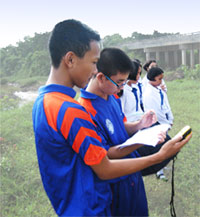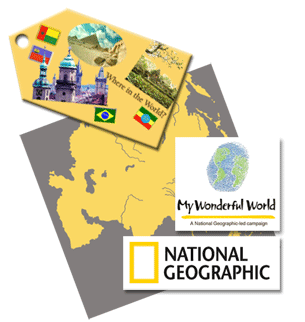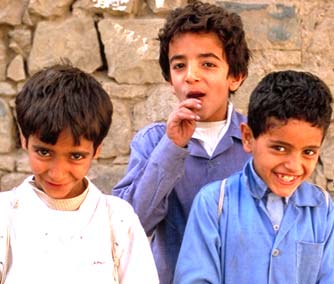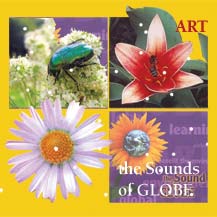GLOBE Across the Curriculum - GLOBE Across the Curriculum
Overview

GLOBE provides students with a more integrated view of the various subjects they study and supports curricula interconnections in all areas.
Interdisciplinary GLOBE projects have included science, mathematics, technology, geography, social studies, language, culture, art, music, physical education, cross-age collaborations, service learning projects, life-long learning opportunities and community involvement.
Science, Technology, Engineering, and Math (STEM)

Students use scientific protocols and Science, Technology, Engineering, and Math (STEM) when learning scientific research methodologies and analyzing data sets. The GLOBE investigation areas include Earth science and biology topics in atmosphere/climate, hydrology, soil, land cover, and phenology. Technology classes utilize GLOBE data sets to create elaborate charts, graphs and maps, comparing student's findings with other data from around the world examining data critically.
Students build weather stations in industrial technology classes, and agricultural education students can actively assist scientists and farmers in the field to better track environmental events affecting crop production.
Geography and Social Studies
GLOBE supports the multicultural study of geography by providing hands-on experience with basic geographic skills such as understanding latitude, longitude, scale, map elements, and spatial analysis. There is a close match between the Earth science topics investigated in GLOBE and areas of physical geography such as climatology, hydrology, and soil study.

Language, Culture and Art
GLOBE students learn about various languages and cultures as they engage in authentic projects and collaborations with one another, students in other countries, and world experts in the disciplines they are studying. Because GLOBE is a worldwide program, materials are currently available in the six United Nations languages (Arabic, English, French, Mandarin Chinese, Russian, and Spanish), plus German, Japanese, Thai, and a number of indigenous languages. Additional materials in other languages are becoming available through our international partners.
GLOBE provides English Language Learners (ELLs) with access to high quality science information and opportunities to assume leadership positions in their classrooms in discussions with students from different countries. GLOBE integrates literacy skills with all school subjects and Elementary GLOBE books introduce early primary students to the study of Earth System Science (ESS). Students record their personal observations in field notebooks and publish the results of their research projects. GLOBE is used to teach English to students for whom it is not their first language, and to teach English and science content to deaf and hard-of-hearing students who use Sign Language.

Humanities
GLOBE into the Arts and Humanities (art, drama, drawing, music, photography and even physical education). For example, students in art education classes work with contour maps, draw landscape diagrams, and study soil colors. Music classes can participate in the Sounds of GLOBE or perhaps even lead the way for the creation of a new GLOBE music CD! GLOBE students are afforded opportunities to include photography skills as part of collecting study site metadata and for particular projects. For more ideas, see the art page.




